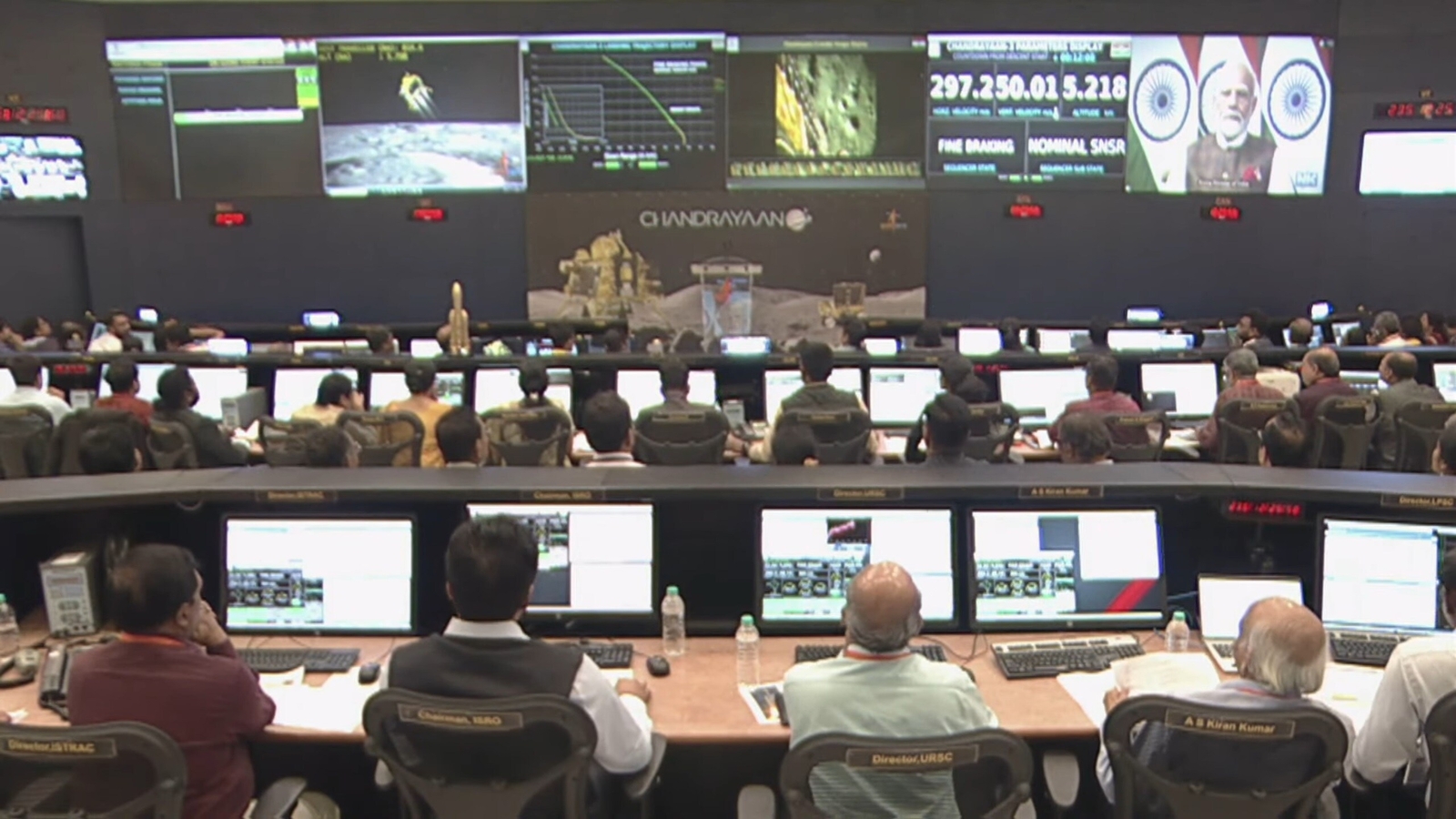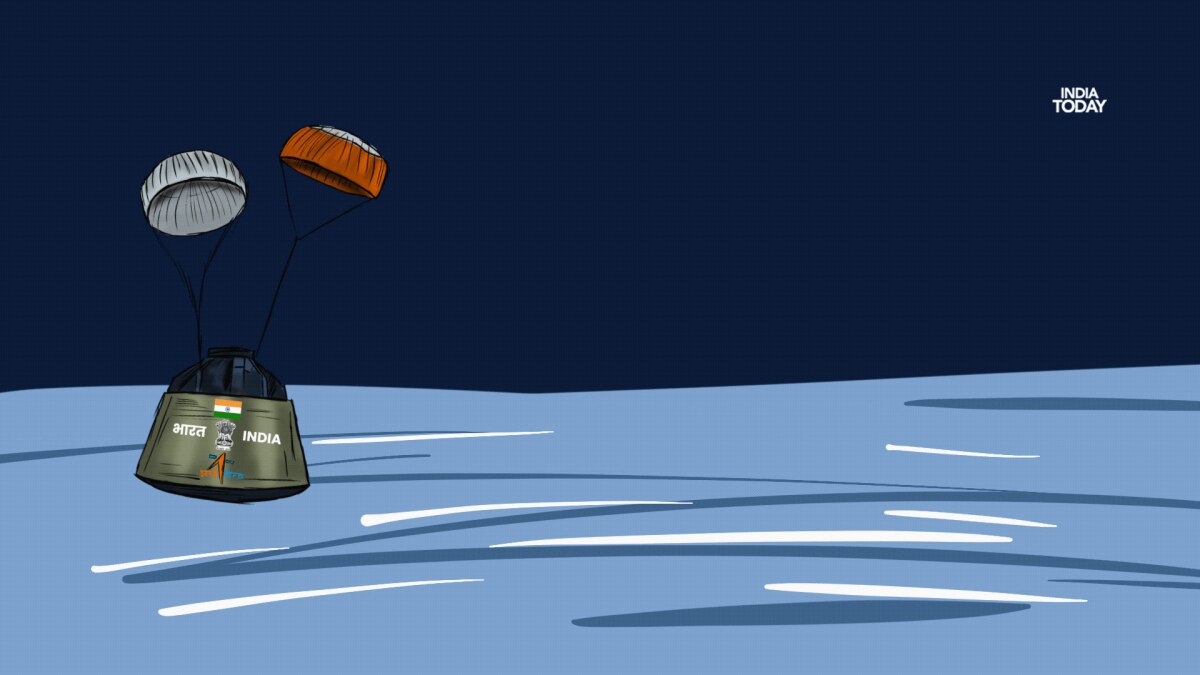NG Missile Vessels
FULL MEMBER

- Joined
- Apr 9, 2023
- Messages
- 1,600
- Reaction score
- 0
- Country
- Location
The successful landing of India’s third lunar spacecraft, Chandrayaan-3, is only the beginning of India’s space missions. Repeating the words of Prime Minister Narendra Modi, Indian Space Research Organisation (Isro) head, S Somanath, said on Wednesday that the “golden era” of India’s space programme has only begun.
Somanath said that while the focus of the space agency over the last few months has been to ensure the success of Chandrayaan-3, Isro is also working on some other big-ticket projects that are lined up for the coming months. He added that with this mission, India has cemented its name as a worthy player in the global space industry.
“Going to the moon and making a soft landing is a tough mission. It is very difficult for any nation, even with the most sophisticated technology, to achieve this, but we have done it in just two missions. The first mission had a narrow miss and now we have achieved it so perfectly,” he said.
He said that this mission will give the space agency confidence to explore the vastness of space to a greater degree, and that for the next three months, Isro has its hands full with missions
Aditya L-1
“We have some big missions that are lined up. After Chandrayaan-3, we will immediately be taking up Aditya-L1 project, which is our sun mission...It has already been integrated and has been moved to Sriharikota and maybe today or tomorrow the rocket will also be integrated,” Somanath said, adding that the launch of India’s first sun mission is being planned for early September.
Aditya-L1 is India’s first dedicated scientific mission to study the sun. Earlier, this mission was conceived as Aditya-1 with a 400 kg class satellite carrying one payload, the Visible Emission Line Coronagraph VELC, and was planned to be launched in an 800 km low earth orbit.
However, since a satellite placed in the halo orbit around the first Lagrangian Point (L1) of the sun-earth system has the major advantage of continuously viewing the sun without any occultation/eclipses, the Aditya-1 mission was renamed as Aditya-L1 mission, which will be inserted in a halo orbit around the L1—1.5 million km from the earth towards the sun.
Isro scientists said that the instruments of Aditya-L1 are tuned to observe the solar atmosphere, mainly the chromosphere and corona. In-situ instruments will observe the local environment at L1.
“The spacecraft carries seven payloads to observe the photosphere, chromosphere and the outermost layers of the sun (the corona) using electromagnetic and particle and magnetic field detectors. Using the special vantage point L1, four payloads directly view the sun, and the remaining three payloads carry out in-situ studies of particles and fields at the Lagrange point L1, thus providing important scientific studies of the propagatory effect of solar dynamics in the interplanetary medium,” Isro’s latest mission document said.
“The suits of Aditya-L1 payloads are expected to provide most crucial information to understand the problem of coronal heating, coronal mass ejection, pre-flare and flare activities and their characteristics, dynamics of space weather, propagation of particle and fields.”
Gaganyaan abort mission demonstration
The space agency also announced that the next in line would be a key aspect of India’s first human spaceflight mission, Gaganyaan.
The abort mission demonstration for Gaganyaan is expected around the last week of September or early October.
The project envisages demonstration of human spaceflight capability by launching a crew of three members to an orbit of 400km for a three-day mission and bringing them back safely to earth, by landing in Indian sea waters. “The project is accomplished through an optimal strategy by considering in-house expertise, experience of Indian industry, intellectual capabilities of Indian academia and research institutions along with cutting edge technologies available with international agencies,” Isro said in its mission document.
“The prerequisites for Gaganyaan mission include development of many critical technologies including human rated launch vehicle for carrying crew safely to space, life support system to provide an earth like environment to crew in space, crew emergency escape provision and evolving crew management aspects for training, recovery and rehabilitation of crew.

Now, ISRO sets eyes on Aditya L-1, Gaganyaan
Isro is also working on some other big-ticket projects that are lined up for the coming months
Last edited:









